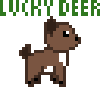


Welcome to the Star Catcher Adopts! If you're new to this, check THIS out for some help!
If you know your way around, check out the links above for easy navigation!
If you know your way around, check out the links above for easy navigation!
Star Catchers are small,omnivorous mammals that can be found in both hemispheres in large deserts, mountainous or heavily forested areas. All carry a lantern which holds an item special to them. This item collects Stardust in small amounts and varies in colour from Star Catcher to Star Catcher. It is believed that they migrate, catching wind currents and in their flight leave behind the collected stardust creating the Northern Lights and other celestial instances.
All Star Catchers have a short snout and four large seashell like ears. Their front feet are four toed talons, with back paws. The talons face three to the front and one to the back. Both Species have a large, lengthy tail used for balance and aid in their gliding flight along with the feathers that line their front legs.
All Star Catchers have a short snout and four large seashell like ears. Their front feet are four toed talons, with back paws. The talons face three to the front and one to the back. Both Species have a large, lengthy tail used for balance and aid in their gliding flight along with the feathers that line their front legs.
Northern Hemisphere
Star Catchers from the Northern Hemisphere are found mostly in mountainous areas or colder, arid forests. Compared to the Southerns, they are shorter and stockier. Used to the cold, they posses a thick coat of fur to help them fair. Unlike Southern Hemisphere Star Catchers, they have no feathers on their tail, instead ending in a tuft of fur much like the mane that runs down their back.
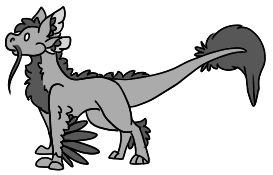
Males have 'Moustache' whiskers and sometimes horns which distinguishes them from the females. To the Shoulder they stand at about 13-15"
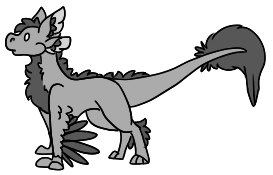
Females stand at about 10-12" to the shoulder
Southern Hemisphere
Southern Hemisphere Star Catchers are lean and muscular with a fine short fur. They are found in warm arid or humid forests, or on occasion desert areas. They have a short mane unlike their Northern cousins, and possess a line of feathers along their tails to aid in flight.
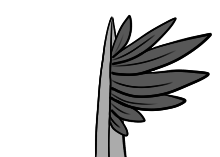
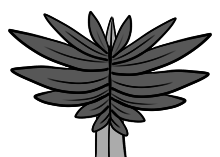
The Feathers along the tail are folded up, and are in fact 2 ROWS of feathers. when in flight they spread out.
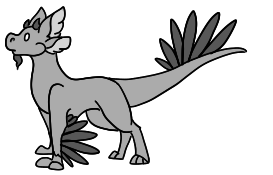
Males have a beard and on occasion horns. They stand at about 15-22" to the shoulder
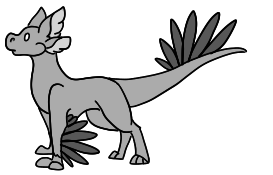
Females stand at about 13-18" to the shoulder.

- Code: Select all
[url=http://www.chickensmoothie.com/Forum/viewtopic.php?f=58&t=2970556][img]http://i1285.photobucket.com/albums/a595/SnowheartWarrior/Stamp1_zps8pmyhl67.png[/img][/url]
- Code: Select all
[url=http://www.chickensmoothie.com/Forum/viewtopic.php?f=58&t=2970556][img]http://i1285.photobucket.com/albums/a595/SnowheartWarrior/StarCatcherPixel2_zpsu0sd7fgm.png[/img][/url]
- Code: Select all
[url=http://www.chickensmoothie.com/Forum/viewtopic.php?f=58&t=2970556][img]http://i1285.photobucket.com/albums/a595/SnowheartWarrior/StarCatcherPixel1_zpsac8ypcik.png[/img][/url]

News
Mar 22, 2016 Star Catchers V.2 Open!
Feb 02, 2016 Construction for New Star Catcher form starts
Sep 13, 2015 Unable to use Oekaki any longer, Star Catcher Shut down
Jul 04, 2015, Star Catchers First set up

Check out these other cool Species!














